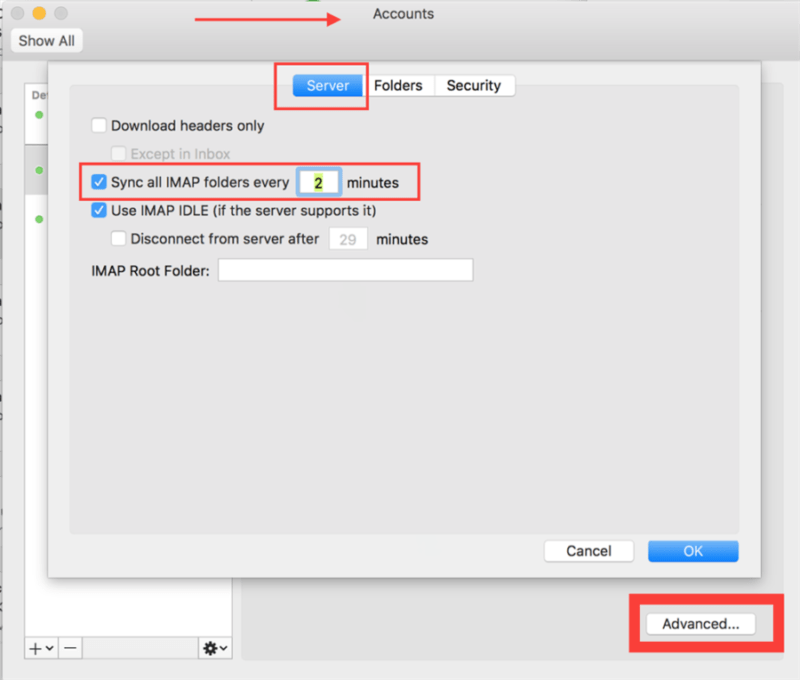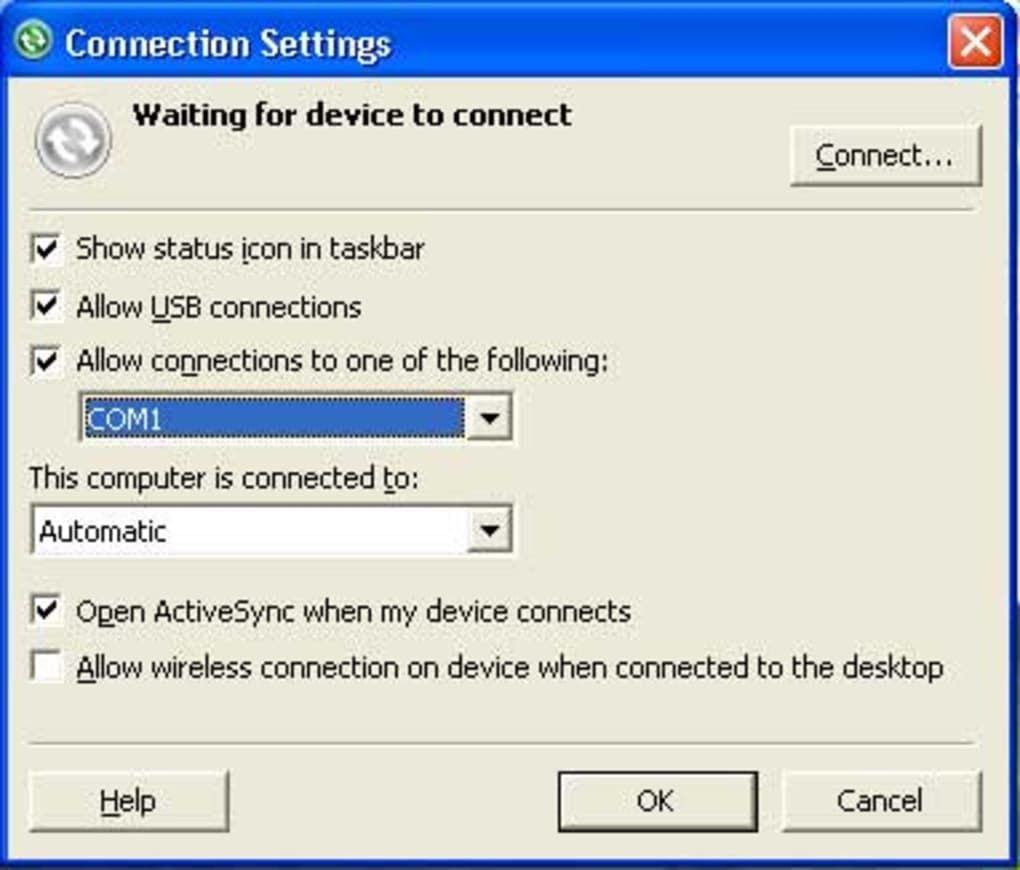-->
- Microsoft Exchange Activesync
- Exchange Activesync Not Working
- Exchange Active Sync Free Mac Software Download
- Exchange Activesync 365
Exchange ActiveSync is an Exchange synchronization protocol that's optimized to work together with high-latency and low-bandwidth networks. The protocol, based on HTTP and XML, lets mobile phones access an organization's information on a server that's running Microsoft Exchange.
Overview of Exchange ActiveSync
Zimbra provides the latest version of Exchange ActiveSync (EAS), allowing users to sync their mailbox, calendar, contacts and tasks with mobile devices such an iPhone, iPad, Android, and even to Windows Mail or Outlook 2013+. Feb 13, 2007 Microsoft ActiveSync 4.5 is the latest sync software release for Windows Mobile-powered devices. ActiveSync provides a great synchronization experience with Windows®-powered PCs and Microsoft Outlook right out of the box. Faster file transfer speed and photo sync via Outlook are only available for Windows Mobile 5.0 powered devices. The ActiveSync Tester is a simple free-to-use tool for assisting in the diagnosis of Microsoft Exchange (ActiveSync) mail issues.
Exchange ActiveSync lets mobile phone users access their email, calendar, contacts, and tasks, and lets them continue to access this information when they're working offline.
Standard encryption services add security to mobile communication with the server. You can configure Exchange ActiveSync to use Secure Sockets Layer (SSL) encryption for communications between the Exchange server and the mobile device.
Features in Exchange ActiveSync
Exchange ActiveSync provides the following:
Support for HTML messages
Support for follow-up flags
Conversation grouping of email messages
Ability to synchronize or not synchronize an entire conversation
Synchronization of Short Message Service (SMS) messages with a user's Exchange mailbox
Support for viewing message reply status
Support for fast message retrieval
Meeting attendee information
Enhanced Exchange Search
PIN reset
Enhanced device security through password policies
Autodiscover for over-the-air provisioning
Support for setting automatic replies when users are away, on vacation, or out of the office
Support for task synchronization
Direct Push
Support for availability information for contacts

Managing Exchange ActiveSync

By default, Exchange ActiveSync is enabled. All users who have an Exchange mailbox can synchronize their mobile device with the Microsoft Exchange server.
You can perform the following Exchange ActiveSync tasks:
Microsoft Exchange Activesync
Enable and disable Exchange ActiveSync for users
Set policies such as minimum password length, device locking, and maximum failed password attempts
Initiate a remote wipe to clear all data from a lost or stolen mobile phone
Run a variety of reports for viewing or exporting into a variety of formats
Control which types of mobile devices can synchronize with your organization through device access rules
Managing mobile device access in Exchange ActiveSync
Exchange Activesync Not Working
You can control which mobile devices can synchronize with Exchange Server. You do this by monitoring new mobile devices as they connect to your organization or by setting up rules that determine which types of mobile devices are allowed to connect. Regardless of the method you choose to specify which mobile devices can synchronize, you can approve or deny access for any specific mobile device for a specific user at any time.
Exchange Active Sync Free Mac Software Download
Device security features in Exchange ActiveSync
In addition to the ability to configure security options for communications between the Exchange server and your mobile devices, Exchange ActiveSync offers the following features to enhance the security of mobile devices:
Exchange Activesync 365
Remote wipe: If a mobile device is lost, stolen, or otherwise compromised, you can issue a remote wipe command from the Exchange Server computer or from any Web browser by using Outlook Web App. This command erases all data from the mobile device.
Device password policies: Exchange ActiveSync lets you configure several options for device passwords. The device password options include the following:
Minimum password length (characters): This option specifies the length of the password for the mobile device. The default length is 4 characters, but as many as 18 can be included.
Minimum number of character sets: Use this text box to specify the complexity of the alphanumeric password and force users to use a number of different sets of characters from among the following: lowercase letters, uppercase letters, symbols, and numbers.
Require alphanumeric password: This option determines password strength. You can enforce the usage of a character or symbol in the password in addition to numbers.
Inactivity time (seconds): This option determines how long the mobile device must be inactive before the user is prompted for a password to unlock the mobile device.
Enforce password history: Select this check box to force the mobile phone to prevent the user from reusing their previous passwords. The number that you set determines the number of past passwords that the user won't be allowed to reuse.
Enable password recovery: Select this check box to enable password recovery for the mobile device. Administrators can use the Get-ActiveSyncDeviceStatistics cmdlet to look up the user's recovery password.
Wipe device after failed (attempts): This option lets you specify whether you want the phone's memory to be wiped after multiple failed password attempts.
Device encryption policies: There are a number of mobile device encryption policies that you can enforce for a group of users. These policies include the following:
Require encryption on device: Select this check box to require encryption on the mobile device. This increases security by encrypting all information on the mobile device.
Require encryption on storage cards: Select this check box to require encryption on the mobile device's removable storage card. This increases security by encrypting all information on the storage cards for the mobile device.
Comments are closed.